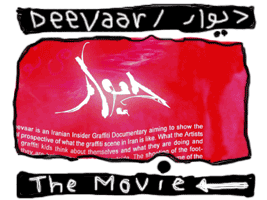KS Interview with Mathieu Tremblin


KolahStudio: You live in France! Would you please describe the street art scene in your city/country?
Mathieu Tremblin: I live in France but I’m mostly working with the contemporary art field not especially the French street art scene. I follow few French artists and activists and meet mostly European urban interventionists. Nowadays street art scene in France seems to be focus on Wallpaper forms (as RJ Rushmore named it recently) i.e. big decorative murals. I don’t feel related to this aspect of the scene at all. This global shift of street art into city size mural is related to territorial marketing and city branding issues. This way of introducing monumental art forms in the city is oftenly avoiding the relationship with the local citizens and so have a lack of controversial discourse regarding the expectation of revealing hidden relationships of power that is, from my point of view, the main goal of doing art in urban space.
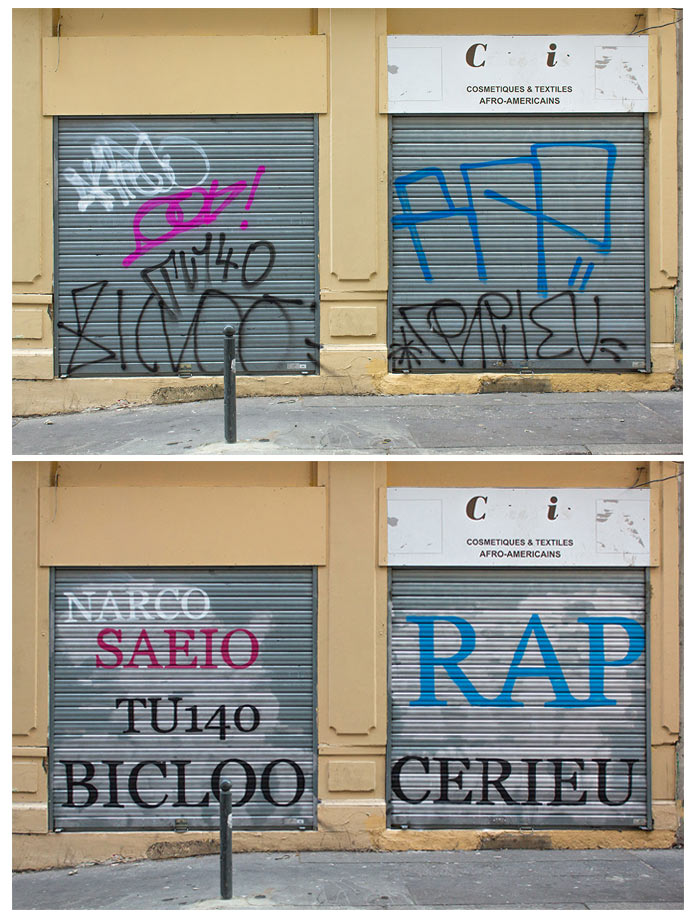
KS: And what led you to start what you are doing now?
MT: I started to do urban intervention after doing during a few years name writing graffiti and documentary and street photography on the topic of the urban renewal of the city I was living during that time. I felt situational urban intervention could be a better way to deal with local issues than spray painting names.
KS: What do you call street art / Graffiti?
MT: For me, there are various levels of understandment of the terms depending of your cultural background you are coming from and the audience you’re addressing to.
There is two manner of understanding graffiti.
One is the classic European graffiti which consists to inscribe anything on a wall with any tool and which definition is related to the birth of Greek and Roman civilization.
The other is American graffiti which consists in writing a name (a pseudonym) on any surface with any tool but mostly with spray can or mop felt with ink. It appeared in the USA in the sixties as a response from minorities to the raise of consumer society they were excluded of.
As far as I know, on a cultural level, American writers don’t make distinction between writing names or anything else: it’s just writing graffiti. But from a French perspective, as we already had a long history with the presence of graffiti in the city, it seems important to me to use name writing graffiti to make the distinction with classic graffiti. Because the irony is that name writing understandment of graffiti spread worldwide with capitalism, and started to cover-up the original definition of this form existing in Europe since the ages of humanity. French even developed a specific global english slang in the eighties with the importation of name writing graffiti that isn’t completely making sense from an American historical perspective. When you speak about graffiti nowadays, people understand it first from this name writing perspective – as a ego, calligraphic and controversial practice – which avoid the fact that graffiti has always been there and is a founding part of our humanity: a natural gesture that rely us to the territory and the community we live in.
Street art as I understand it first in its French translation “art de rue” is related to the idea of exercising and perform some skilled talent in front of spontaneous audience in the street in order to get few coins from passerby.
As far as I remember, “art de rue” was until the end of the nineties a condescendant and blurry way to point from a high culture perspective some popular forms related to direct commercial inputs. I guess that it had that sense to in other culture, but maybe not in the USA.
Then in 1998, Street Art started to be used by few American and European artists as a way to distinguish themselves from the traditional name writing graffiti and in order to reach a new audience – including the commercial gallery one. Basically, from 1998 to 2003, this term was used to describe a shift from name to graphic and illustrative signature as a visual tool.
Then, because of the popular success brought by Internet users, and worldwide commercial success brought by the market of art, street art started to be a global cultural movement that I would call Global Street Art to make a distinction from Street Art [art de rue] and Street Art 1998-2003.
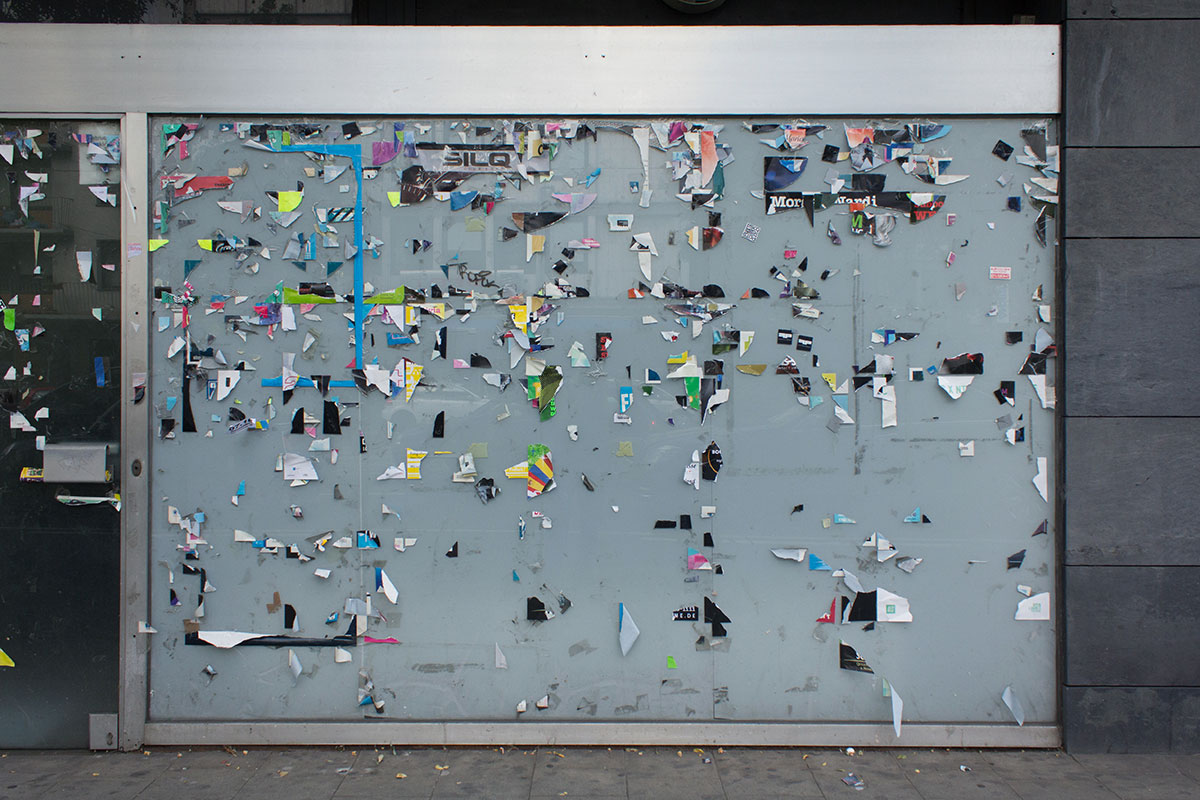
KS: Do you have a definition ,limitation or boundries for these? or for you all of them are the same from a nice tag to a huge city council commissioned mural painted by Cherrypickers with Media coverage and money transactions!
MT: As only a few theoretician are thinking about the diversity of the urban practices in perspective of their one century aged history and prefer to rely to Global Street Art in order to get more attention from social media, mass media and market of art, I try to be as precise as possible when I speak about art in urban space. And I use urban art as a neutral term gathering all those possibilities because it literally means art that is related to an urban aspect. But even this term became already problematic those last years because of its use by municipalities to promote a commissioned and politically correct form of art in urban space. So here is a non-exhaustive list of terms from an chronological perspective to describe forms of art that are happening in urban space: graffiti, monument, epigraphy, public sculpture, public art, commissionned art, muralism, commissioned muralism, lettering painting, performance, happening, site-specific art, name writing graffiti, activism, guerrilla art, furtive action, urban intervention, contextual art, social practices, counter-monument, post graffiti, commissioned graffiti, street art, artivism, urban art, neo-muralism, independent public art, furtive monument, intermural art, wallpaper art, post-street art. It seems that sticking to only two terms is quiet limitating our reading of the complexity of approach of art in the city.
KS: What takes your attention and makes you call it street ART ? or even Art?
MT: In urban space, I’m paying attention to traces of interactions; traces revealing a use of the space that is going beyond prescription and control. This kind of spontaneous, anonymous and common creativity could be called open source or free urbanity. It’s the ground bases for doing urban intervention, paying attention and tribute to already existing signs of controversy, challenging our conception of political, social, economical powers. Art forms have to embrace or at least engage a dialogue with this visual vocabulary in order to be efficient at a sensitive level and experiment the power of transformation against the one of domination in order to achieve any kind of emancipation of the citizen.
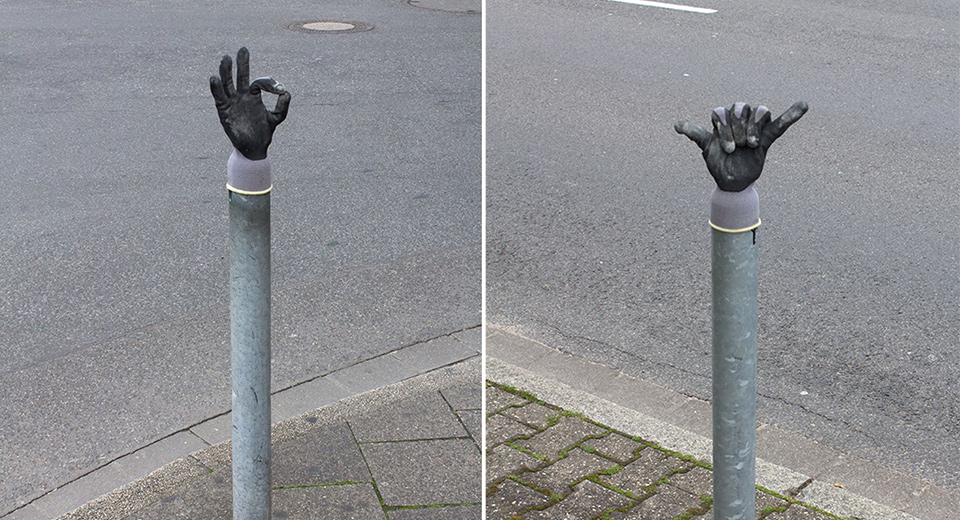
KS: Are you working illegally/Independently or you also work on commission or by permission from art festivals/Galleries?
MT: I conceive my practice as a exercise of freedom. I can work independently without permission or commissioned with permission, independently with permission or commissionned without permission.
The legal or illegal aspect is just a collateral fact when I want to realize an intervention. As I feel my gesture is necessary and legit, and as I don’t like to act under pressure, I have to find the right method and tool to act in the frame of our surveillance society.
Even if I could chose to work only with permission, I prefer mostly work without (including in the frame of a commissioned project) because most of the time you never get permission for the place you want to interact with.
Beside the independent part, I work with various types of non-profit, public or private structure with the constraint to keep my creative freedom and not sacrify it for any politically related reason that could offend my partners. I’m not doing art to cover reality or buy any kind of social peace but to reveal hidden types of domination; contradiction and conflict are part of the reason I prefer urban space to dedicated spaces. People come to me because they know I’m working working contextually with care of the situation in which I evolve and intervene.
KS: What’s your take on today’s Urban Fine Art in recent years which has made graffiti writers paint huge legal murals on city walls and do gallery shows ?
MT: On most of what I have seen in galleries, only a few artists are aware of the history of the white cube and get on how they could play with it in order not to repeat or reproduce what they develop in the street inside the exhibition space or what contemporary artists are running away from. This lack of understandment of the aim of the gallery or museum space is bringing a conservative and profit-related behavior, unfortunately reducing the extreme generosity and complexity of some good works and artists in their originate urban situation.
Regarding the shift of some urban art festivals into gigantic wallpaper murals program, I feel it’s like a lack of perspective on the diversity of what commissioned art in urban space could be. Commissioned art in urban space should be used to address a constructive critic and rethink the urban environnement as an ecosystem. We need more comments, conversations and dialogues than illustrations. For example like the Mural Arts Program of Philadelphia, relying to local communities through art instead of buying social peace with art. Organizers are missing the point of taking the cultural and social context in consideration where municipalities are totally aware of what kind of territorial branding it’s producing. This involuntary way of using art in a – literally – vertical perspective is reproducing existing patterns of domination instead challenging these.
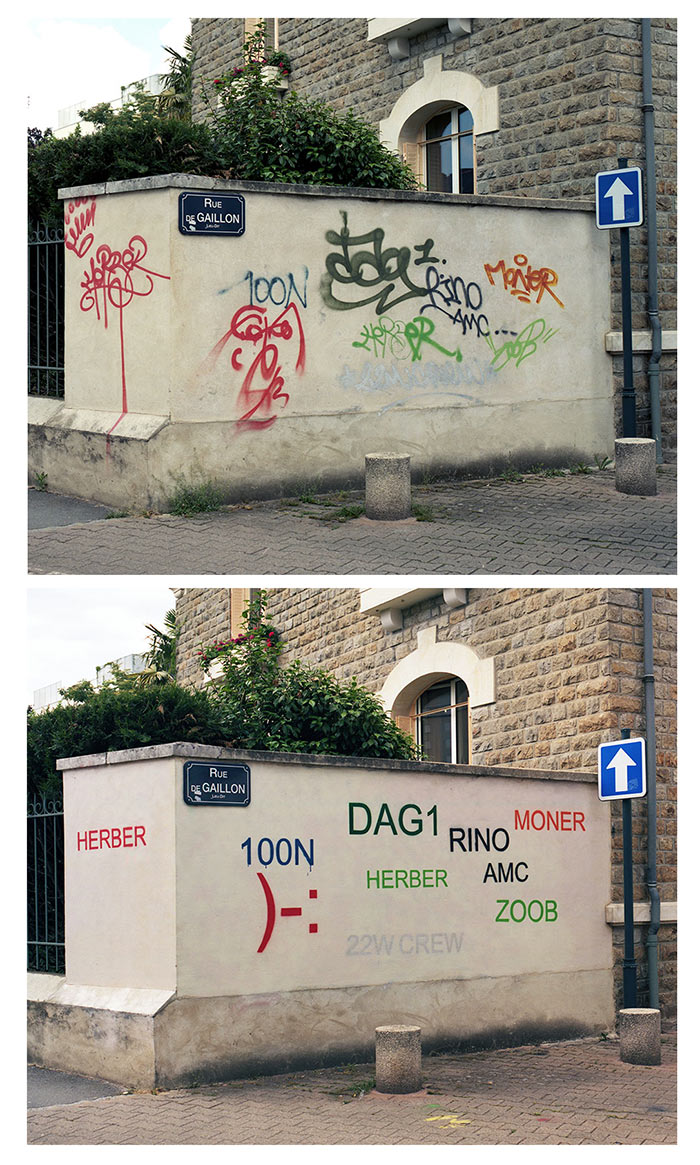
KS: Is it a good thing or a bad thing?
MT: It depends on the perspective you look from. From a general point of view, bringing more culture in the city is always a good thing.
From artist point of view, getting paid for doing your work instead of getting a fee is also a good thing. But from a political point of view, focusing on spectacular somehow a demagogic way of exercising power and is reproducing types of systems of domination – like the winner take all one – already present in the society at a large scale.
KS: We noticed you work also as a team? Would you please let us know more about it ? why as a team and how you guys work together ( maybe one example can be nice for us and our readers)?!
MT: I work with David Renault since 10 years as a duo Les Frères Ripoulain. I have also have been part of a photographers collective named BIP during 10 years and recently of FAT (Free Art and Technology Lab) during its 2 last years of existence. Working with other people is a good way challenge your confort zone. It also permit to raise more ambitious propositions by adding your skills and ideas. And collective like pseudonym offers possibility to built a brand new universe from scratch aside your own life story.
With David, we are basically articulating our own universes in order to produce a third place more open to citizens and community and develop new methods of working in urban space. Aside from ou work of intervention , we have done from 2010 to 2015 a serie of duo shows where we did experiment the possible relationships between urban intervention and its transposition in an exhibition space with related issues like documentation, process, story telling, DIY, misuse, empowerment.
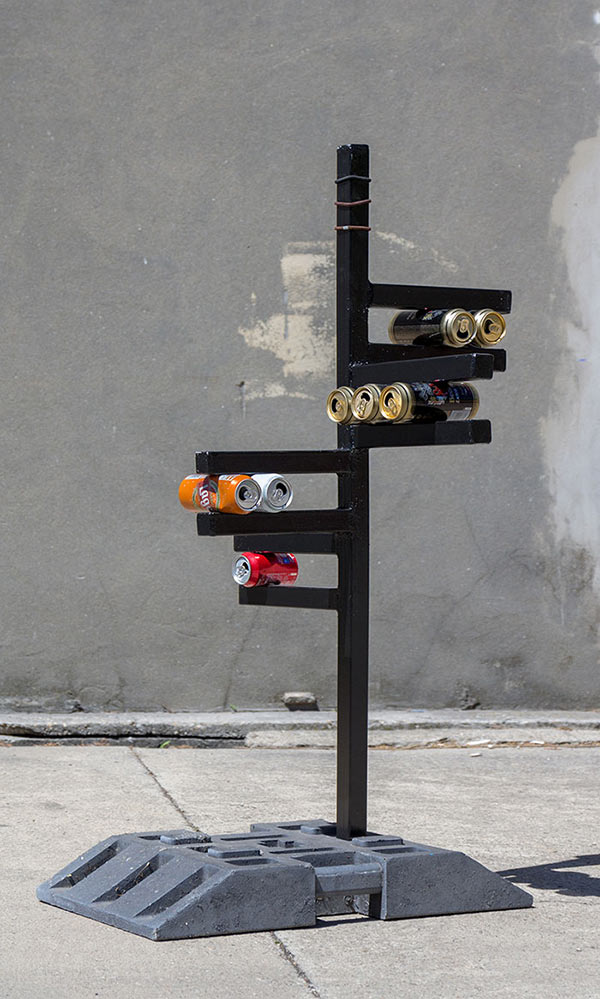
KS: How do you see the street Art/Graffiti world today?
MT: For the most part of it, we’ve reach a point of no return regarding visibility online, speculation with the market of art and politically correct with commissioned art by city councils. We came back to the same inputs where contemporary art is stuck with since the nineties. I’m more curious on how some artists escape to these stereotypes than on how it will evolve. What strategies based on community and territory scale, artists and curators will create to come back to a more horizontal experience within the art in urban space, its diffusion, its recognition and its conservation and finally its remuneration, away from spectacular and speculation.
KS: Beyond that how do you see the world today?
MT: We could have though that democratization of digital technology will lead us to tolerance but it ended up with mass surveillance. I’m disappointed by the fact that the utopy of Internet gathering community users on empowerment purposes, turned into a ownership centralized dystopian nightmare. Beside that fact, the world is ruled by financial lobbies and the 1 % wealthier are destroying the planet and maintaining the status quo in order the 99 % cannot share ressources. Commons and open source culture apply to a lot of practices is definitely the only rising horizon I expect we will reach to counter that situation. And art in urban space is one way of contributing to balance this depressing reality and construct a more fair society.
KS: Are there any influences in your works?
MT: I’m influenced by any aspect of my urban experience, the way people act and interact in the street, the way governants are trying to constraint and control us. And so on for the online experience. I’m also influenced by the reading of history of art, philosophy, sociology and anthropology, visual and post-colonial studies. And by regular talks with other artists, theoreticians, curators and citizens.
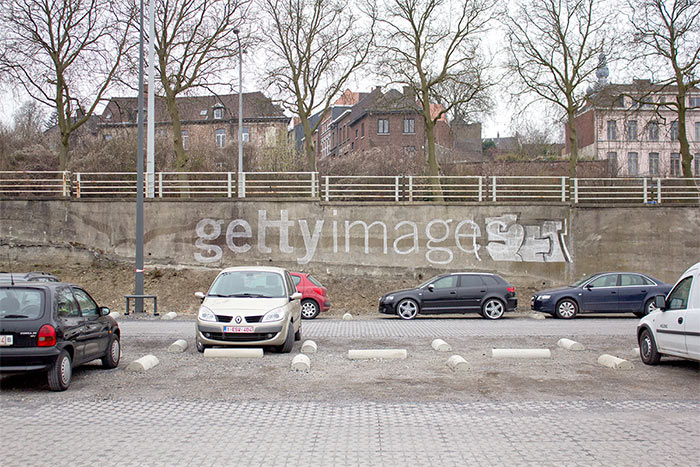
KS: Do you like any special genre or visual art culture or any particular visual artists?
MT : I’m curious of everything. But here is a few artists I like: René Magrite, Georges Maciunas, Robert Filliou, Adrian Pipper, Gordon Matta-Clark, John Baldessari, Lawrence Weiner, Sol Lewitt, Andre Cadere, David Hammons, Jeremy Deller, Francis Alÿs, Gianni Motti, Minerva Cuevas, Trevor Paglen, Roman Ondak, Roman Signer, Robert Milin, Gilles Mahé, Cristina Garrido, !Mediengruppe Bitnik, Lois Weinberger, Eva and Franco Mattes, Joana Hadjithomas and Khalil Joreige, Temporary Services, Bertille Bak, Étienne Boulanger, Claire Fontaine, Lara Almarcegui, Guillaume Linard-Osorio, Simon Boudvin, Jérôme Leuba. And some I know personnally and that I follow: Alain Declerq, Carole Douillard, Harmen De Hoop, Adam, Akay, Brad Downey, Jeroen Jongeleen, Olivier Kosta Théfaine, HONET, ZEVS, Evan Roth, Aram Bartholl, Jiem L’Hostis, Société Volatile, Biancoshock, Antonio Gallego, Roberto Martinez, Isabelle Arthuis, Hervé Beurel, Addie Wagenknecht, Vladimír Turner, EPOS 257, Benjamin Gaulon, Julien Berthier, Gruppo Tökmag, OX, Mardinoir, Nicolas Maigret, Céline Ahond, Élodie Brémaud, Lucie Freynhagen, Emma Cozzani, Jiem L’Hostis, Eltono, Escif, Jean Denant, The Wa, Rémi Groussin, Dector & Dupuy, Laurent Marissal, Untel, Alain Bernardini, Étienne Cliquet, Maxime Marion & Émilie Brout, Markus Butkereit, Thomas Bratzke, Akim, Obêtre, Sébastien Freytag.
KS: Do you have any advice for young street Artists especially in places where the movement has just begun?
MT: Knowing history of art in urban space and of activists movement is a relevant way to go beyond obvious ideas and methods that lie on a communication-centered level and start to implement a efficient experience in situation. Be aware of your civil rights when you intervene in the street.Do action for yourself but be aware on how it will influence the society. Act in an open transparent responsible way. Non-signed intervention in its context guaranty an open interpretation. Destruction can lead to creation only if it worth it i.e. producing sens and not reducing your gesture to a law breaking reception. Breaking the law or do vandalism for art fame doesn’t make any point (unless you are an anarchist, but then why are you even trying to get art recognition from any pairs?), it’s just embracing the ego-centered game of liberal domination.
Website : http://www.demodetouslesjours.eu/

